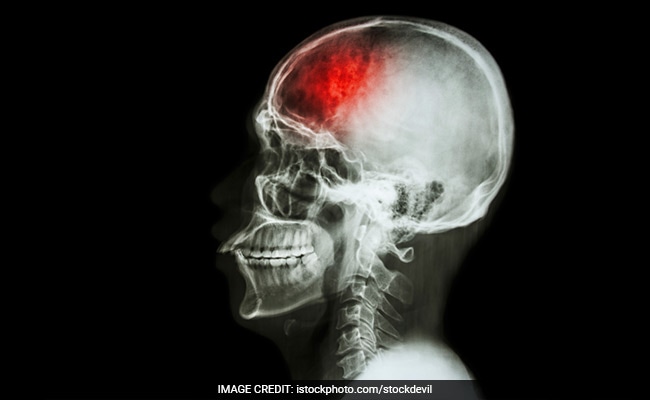A team of researchers from the Ulsan National Institute of Science and Technology (UNIST) have developed a new robotic device that can provide movement therapy to stroke patients and help recover mobility. According to them, robotic devices can become an important part of stroke rehabilitation for survivors. A stroke occurs due to damage caused to the brain because of interruption of blood supply. It is a medical emergency and can cause trouble walking and speaking as well as lead to paralysis or numbness of arms and legs. A stroke may often cause muscle over-activity, physical impairment or lead to some sort of disability which requires therapy and exercises to restore movement. This is where robotic devices can come into play and prove helpful as new tools for therapists that are cost-effective and less labour-intensive.
 Robotic devices can prove helpful as new tools for therapistsThe new study shows that a robotic tool can help in assessing muscle over-activity and movement dysfunction in stroke patients. The newly-developed rehabilitation robotic system was found to quantitatively measure the three degree-of-freedom (DOF) impedance of human forearm and wrist in minutes. With the help of the impedance estimation device and using the distal internal model based impedance control (dIMBIC)-based method, the team was able to accurately characterize the 3 DOF forearm and wrist impedance including inertia, damping, and stiffness, for the first time.
Robotic devices can prove helpful as new tools for therapistsThe new study shows that a robotic tool can help in assessing muscle over-activity and movement dysfunction in stroke patients. The newly-developed rehabilitation robotic system was found to quantitatively measure the three degree-of-freedom (DOF) impedance of human forearm and wrist in minutes. With the help of the impedance estimation device and using the distal internal model based impedance control (dIMBIC)-based method, the team was able to accurately characterize the 3 DOF forearm and wrist impedance including inertia, damping, and stiffness, for the first time.
These results were published in the journal IEEE Transactions on Neural Systems and Rehabilitation Engineering. Researchers believe that these findings lead to the development of robot-assisted rehabilitation at workplace accident rehabilitation hospitals as well as in nursing homes and assisted living facilities. The research was led by Professor Sang Hoon Kang of Mechanical, Aerospace and Nuclear Engineering at UNIST in collaboration with Professor Pyung-Hun Chang of DGIST and Dr. Kyungbin Park of Samsung Electronics Co. Ltd. The team hopes that their findings will promote further wrist and forearm motor control studies and complement the diagnosis of the alteration in wrist and forearm resistance after a stroke by providing objective impedance values including cross-coupled terms.
With inputs for IANS

These results were published in the journal IEEE Transactions on Neural Systems and Rehabilitation Engineering. Researchers believe that these findings lead to the development of robot-assisted rehabilitation at workplace accident rehabilitation hospitals as well as in nursing homes and assisted living facilities. The research was led by Professor Sang Hoon Kang of Mechanical, Aerospace and Nuclear Engineering at UNIST in collaboration with Professor Pyung-Hun Chang of DGIST and Dr. Kyungbin Park of Samsung Electronics Co. Ltd. The team hopes that their findings will promote further wrist and forearm motor control studies and complement the diagnosis of the alteration in wrist and forearm resistance after a stroke by providing objective impedance values including cross-coupled terms.
With inputs for IANS
Advertisement
For the latest food news, health tips and recipes, like us on Facebook or follow us on Twitter and YouTube.
Tags:










